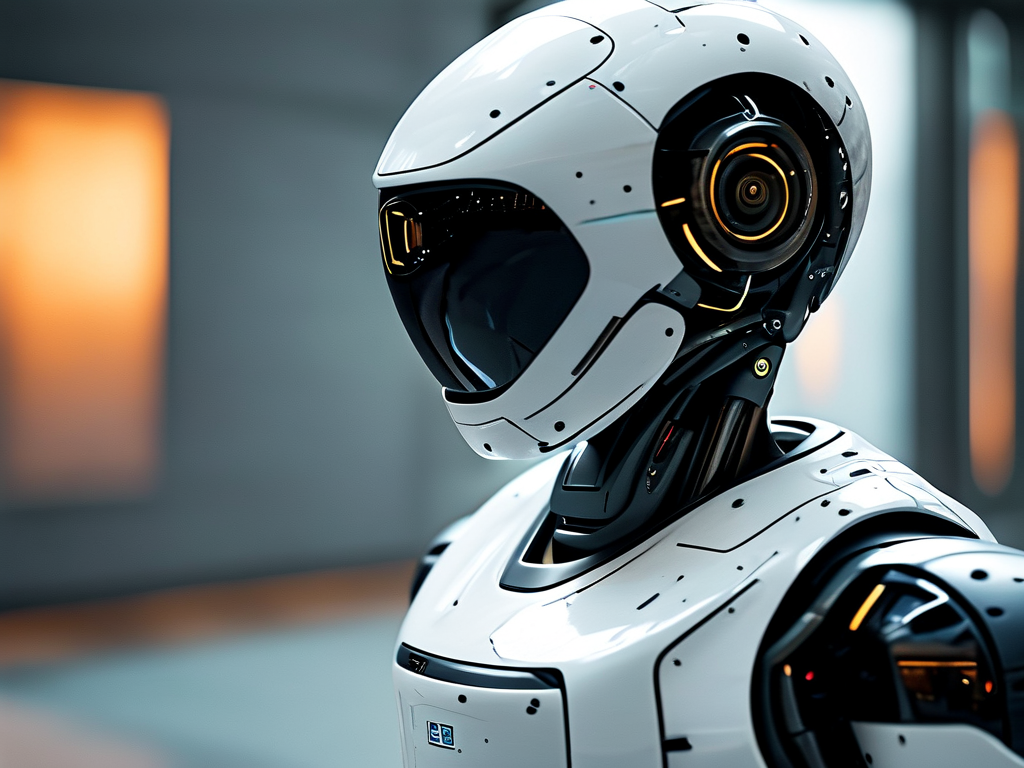In modern industrial automation, the precision of slot machining and assembly processes has become a critical factor in manufacturing quality. Robotic systems are increasingly being deployed to address challenges in this field, offering innovative solutions that combine mechanical engineering, artificial intelligence, and sensor technologies. This article explores how cutting-edge robotics are revolutionizing slot-related operations across industries.

The Evolution of Slot Technology
Traditional slot machining relied heavily on manual calibration and fixed mechanical systems, often resulting in inconsistent tolerances and production delays. With the integration of robotic arms equipped with high-precision actuators, manufacturers now achieve micron-level accuracy in slot cutting, milling, and component insertion. These systems utilize real-time feedback mechanisms to adjust parameters such as torque, speed, and alignment during operation, significantly reducing material waste and rework rates.
Key Robotic Innovations
-
Adaptive Force Control
Modern robots employ advanced force-torque sensors that dynamically adjust insertion pressure when assembling components into slots. This is particularly valuable in electronics manufacturing, where fragile connectors require delicate handling. For instance, collaborative robots (cobots) with tactile feedback systems can detect subtle resistance variations during PCB slot installations, preventing damage while maintaining speed. -
Vision-Guided Positioning
Machine vision systems have transformed slot alignment processes. A leading automotive manufacturer recently implemented a robotic cell using 3D stereoscopic cameras that scan slot positions at 120 frames per second. The system calculates spatial coordinates with 0.02mm precision, enabling error-free gearbox component assembly. This technology reduces calibration time by 70% compared to traditional laser-guided methods. -
Self-Optimizing Algorithms
AI-driven robotics now leverage deep learning models to improve slot machining strategies. A case study from aerospace manufacturing revealed that neural networks trained on historical machining data reduced slotting cycle times by 18% while improving surface finish quality. These systems automatically adjust spindle speeds and tool paths based on material hardness and thermal expansion characteristics.
Implementation Challenges
Despite these advancements, integrating robotic slot technology presents unique hurdles. Variations in material properties, such as metal fatigue or plastic deformation, require adaptive control systems that can respond within milliseconds. Engineers are developing hybrid solutions combining model predictive control (MPC) with reinforcement learning to address these dynamic conditions.
Code-Driven Precision
Embedded software plays a crucial role in slot optimization. Below is a simplified example of a PID control algorithm used in robotic slot milling:
class SlotPIDController:
def __init__(self, Kp, Ki, Kd):
self.Kp = Kp
self.Ki = Ki
self.Kd = Kd
self.integral = 0
self.prev_error = 0
def update(self, setpoint, measured):
error = setpoint - measured
self.integral += error * dt
derivative = (error - self.prev_error) / dt
output = self.Kp*error + self.Ki*self.integral + self.Kd*derivative
self.prev_error = error
return output
This type of closed-loop control enables real-time adjustments during high-speed slotting operations, maintaining consistency across production batches.
Industry Applications
From semiconductor wafer handling to automotive transmission systems, robotic slot technology demonstrates remarkable versatility. In renewable energy sectors, specialized robots perform slot welding on wind turbine generators with 360-degree access capabilities, achieving 99.98% joint integrity. Medical device manufacturers utilize micro-robotics for creating precision slots in orthopedic implants, where tolerances must stay within ±5μm.
Future Directions
Emerging technologies like quantum-enabled sensors and 5G-connected robotics promise to push slot accuracy to new frontiers. Research teams are experimenting with photonic pressure sensors that detect slot wall deformations at nanometer scales, while edge computing enables distributed robotic networks to share optimization data across production lines.
The convergence of robotics and slot technology continues to reshape manufacturing paradigms. As these systems become more autonomous and context-aware, they will unlock unprecedented levels of precision and efficiency. Enterprises adopting these solutions position themselves to lead in quality-critical industries, from precision engineering to next-generation electronics.









